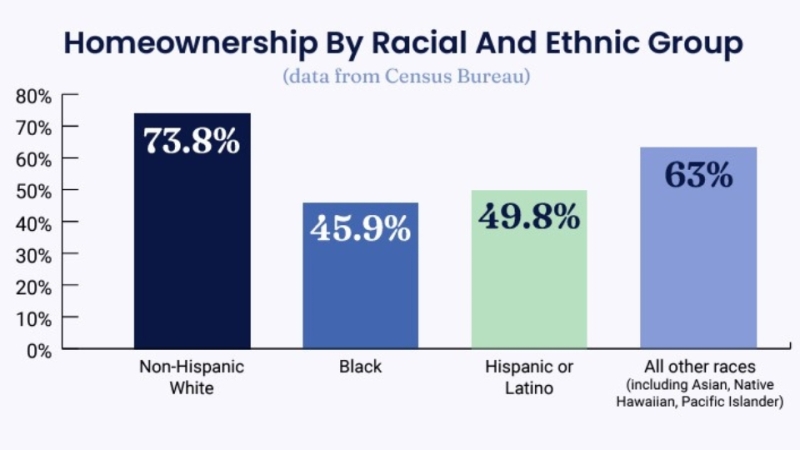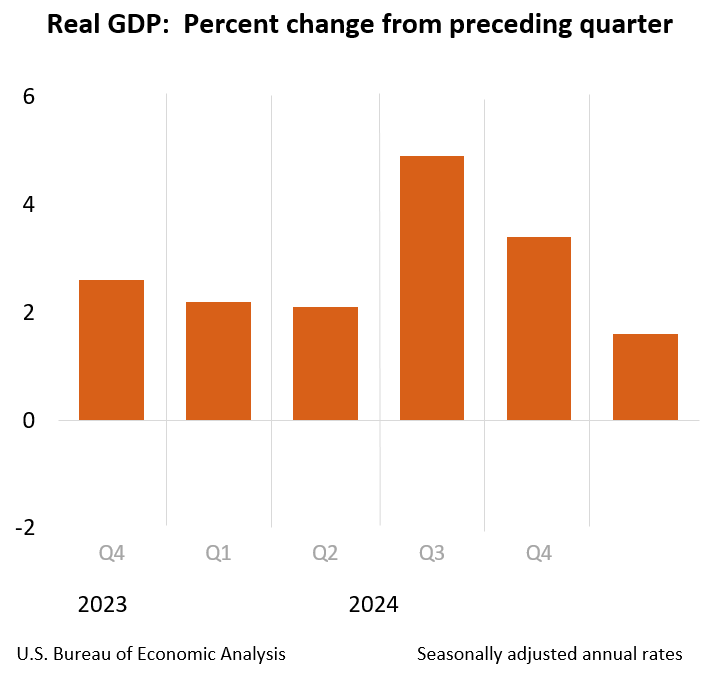Advertisement
The commercial marketplace: An opportunity you can't afford to miss
National foreclosures increase in every quarter of 2005MortgagePress.comForeclosure market
RealtyTrac, an online marketplace for foreclosure properties,
has released year-end data from its 2005 U.S. Foreclosure Market
Report, which showed 846,982 properties nationwide entering some
stage of foreclosure in 2005 and a 25 percent increase in the
number of new foreclosures from the first quarter to the fourth
quarter of that year.
"Overall U.S. foreclosure numbers climbed steadily over the
course of the year, with more new foreclosures reported in every
quarter," said James J. Saccacio, CEO of RealtyTrac. "This trend
appears to be moving the real estate foreclosure market back to its
historic levels."
Saccacio noted that the number of 2005 foreclosures needed to be
kept in context. "Even with almost 850,000 properties entering some
stage of foreclosure across the country over the course of the
year, this represents less than 1 percent of all U.S. households,
and the increase in U.S. foreclosures from third quarter to fourth
quarter was just below five percent."
Report highlights include:
• Despite a 29 percent decrease in new foreclosures from
the first quarter to the fourth quarter, Florida documented the
nation's highest foreclosure rate and accounted for more than 14
percent of the nation's new foreclosures in 2005. The state
reported 121,843 properties entering some stage of foreclosure,
totaling 1.67 percent of the state's households.
• New foreclosures in Colorado decreased four percent from
the first quarter to the fourth quarter, but the state's annual
foreclosure rate ranked second highest nationwide, thanks to
consistently high foreclosure numbers throughout the year. A total
of 29,630 Colorado properties entered some stage of foreclosure in
2005, totaling 1.62 percent of the state's households.
• One and one-half percent of Utah households entered some
stage of foreclosure in 2005—the nation's third highest
annual foreclosure rate. The state reported 11,536 properties
entering some stage of foreclosure during the year, but new
foreclosures dropped 27 percent from the first quarter to the
fourth quarter.
• New foreclosures in Texas increased 54 percent from the
first quarter to the fourth quarter, and the state documented the
nation's fourth highest annual foreclosure rate. A total of 115,643
Texas properties entered some stage of foreclosure in 2005,
totaling 1.44 percent of the state's households and more than 13
percent of the nation's new foreclosures in 2005.
• Other states with foreclosure rates ranking among the 10
highest nationwide were Georgia, Arizona, Indiana, New Jersey, Ohio
and Tennessee. All of these states documented annual foreclosure
rates of at least one percent of total households and reported new
foreclosures increasing from the first quarter to the fourth
quarter.
• Although their foreclosure rates ranked below the
nation's 10 highest, California, Illinois, New York and Michigan
were among the 10 states reporting the most new foreclosures in
2005. California reported 61,563 properties entering some stage of
foreclosure, and new foreclosures increased 16 percent from the
first quarter to the fourth quarter. Illinois reported 46,723
properties entering some stage of foreclosure, and new foreclosures
decreased 14 percent from the first quarter to the fourth quarter.
New York reported 37,068 properties entering some stage of
foreclosure, and the state reported more than twice as many new
foreclosures in the fourth quarter as in the first quarter.
"Over the past few years, we've seen historically low mortgage
rates, consistently escalating home prices and steady, strong
employment," Saccacio said. "This has translated into relatively
low levels of foreclosure properties, particularly bank-owned
properties. With interest rates rising and an apparent slowing of
property valuations in most markets, we'll be watching closely to
see if there's a material effect on the number of foreclosures in
2006."
For more information, visit www.realtytrac.com.
About the author





